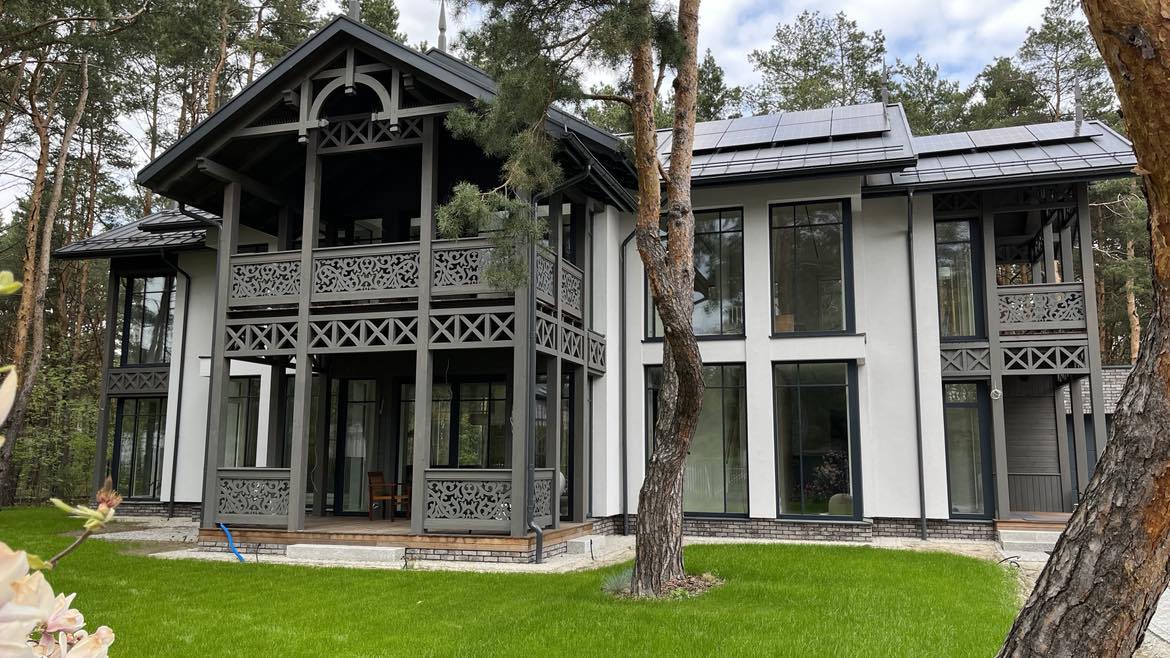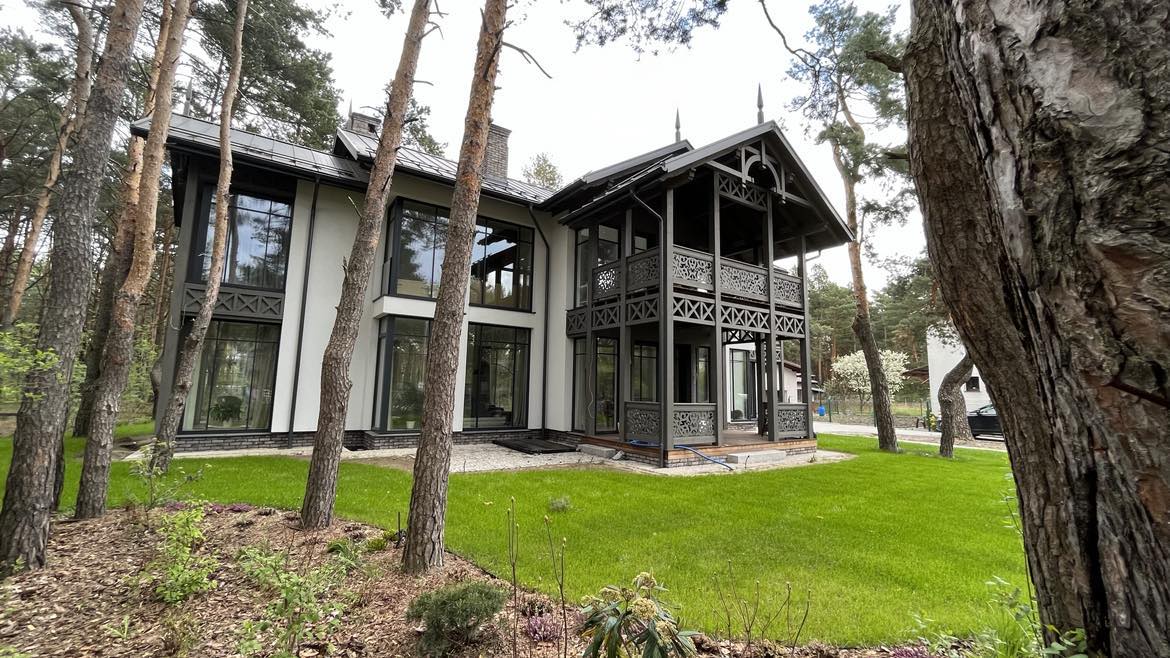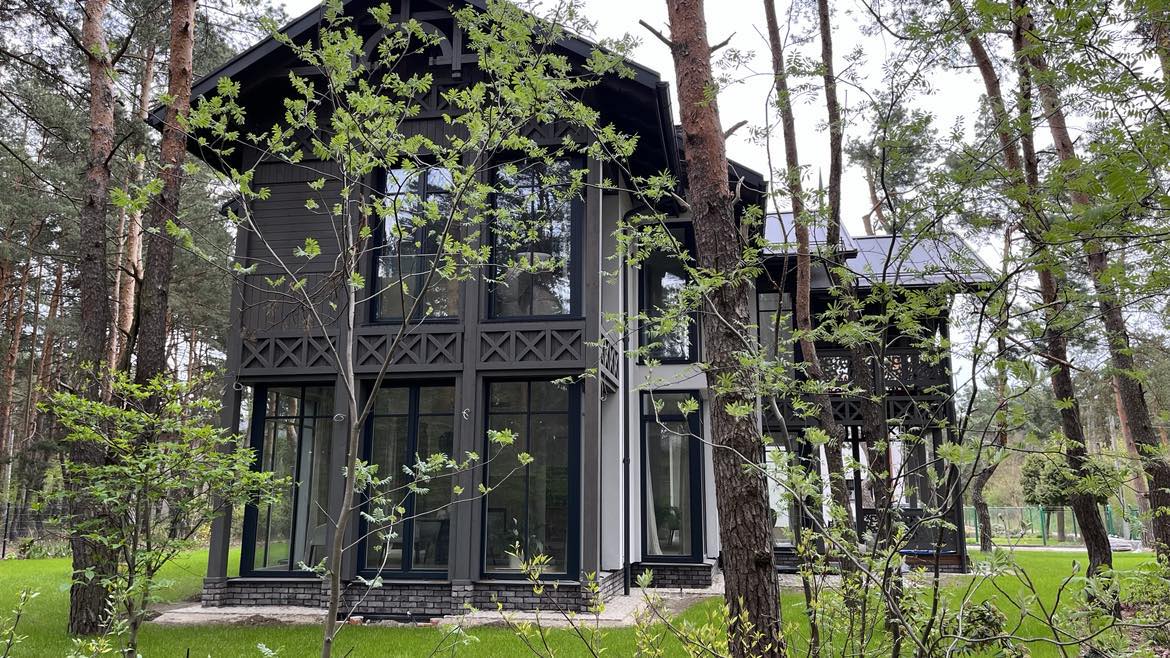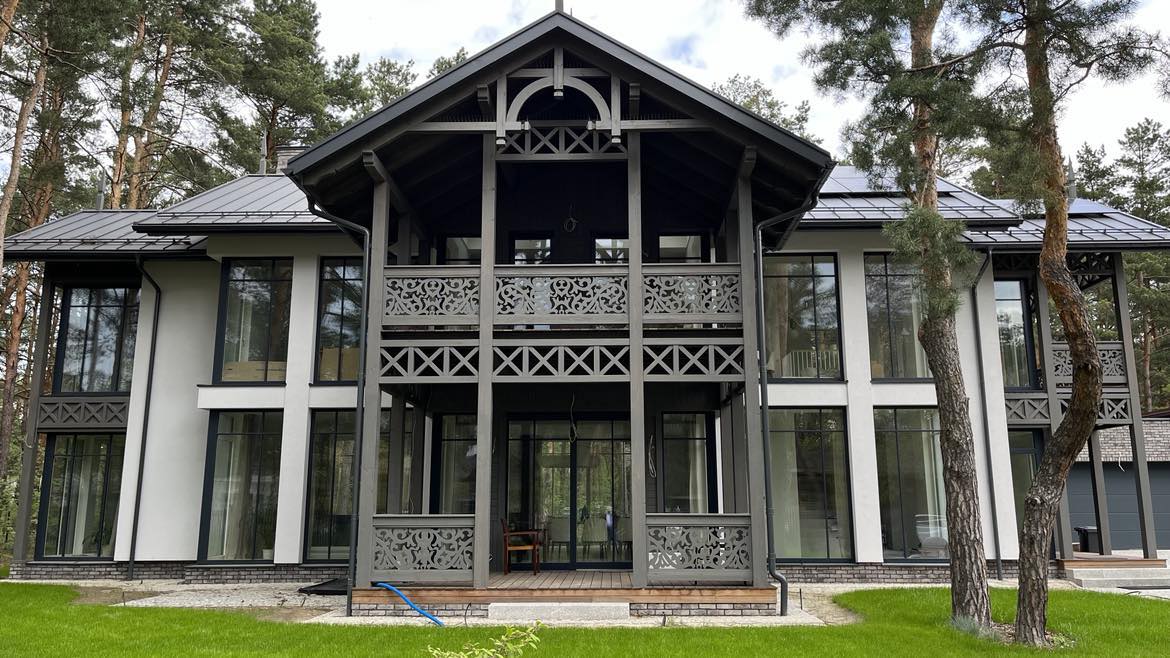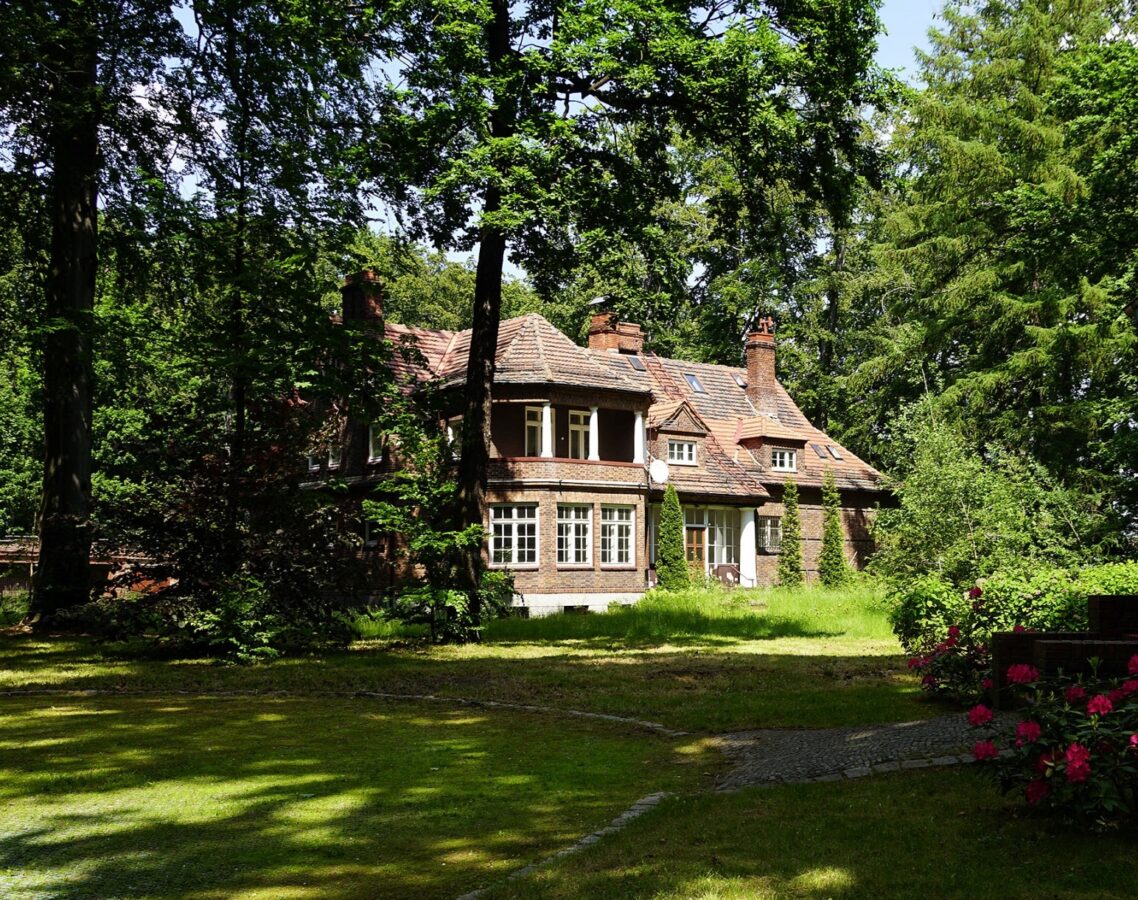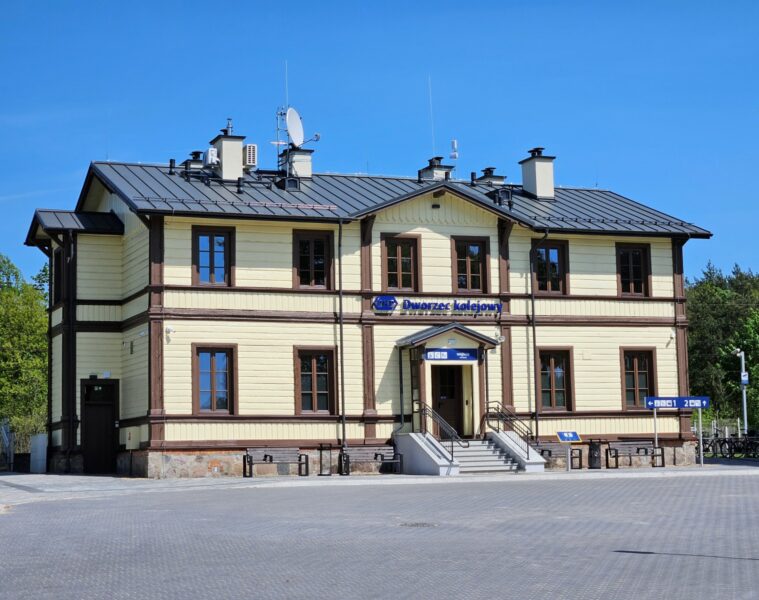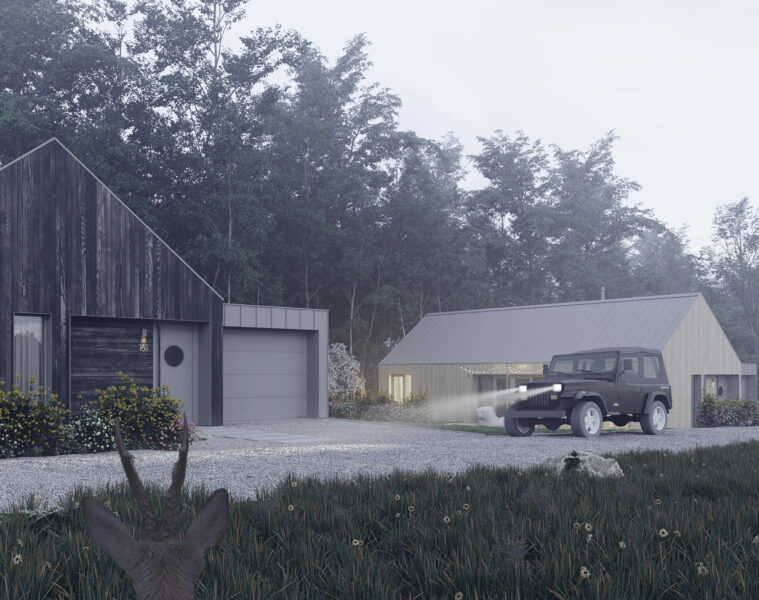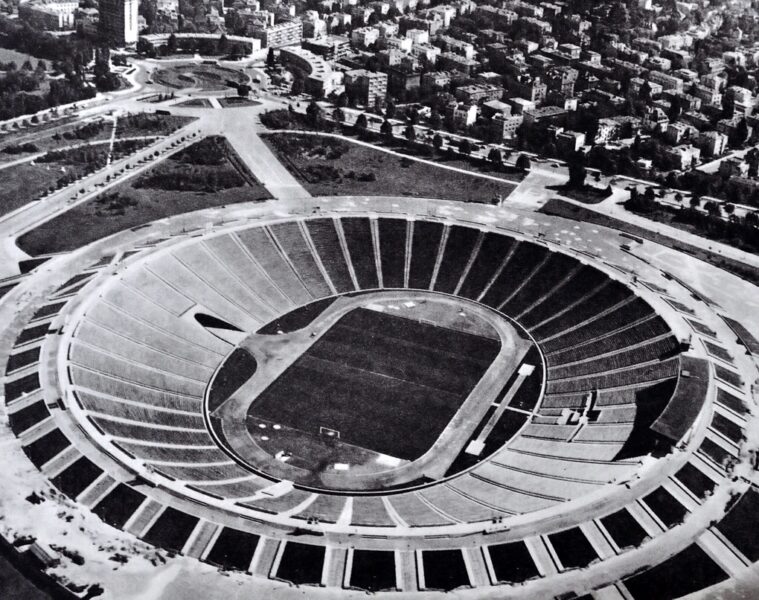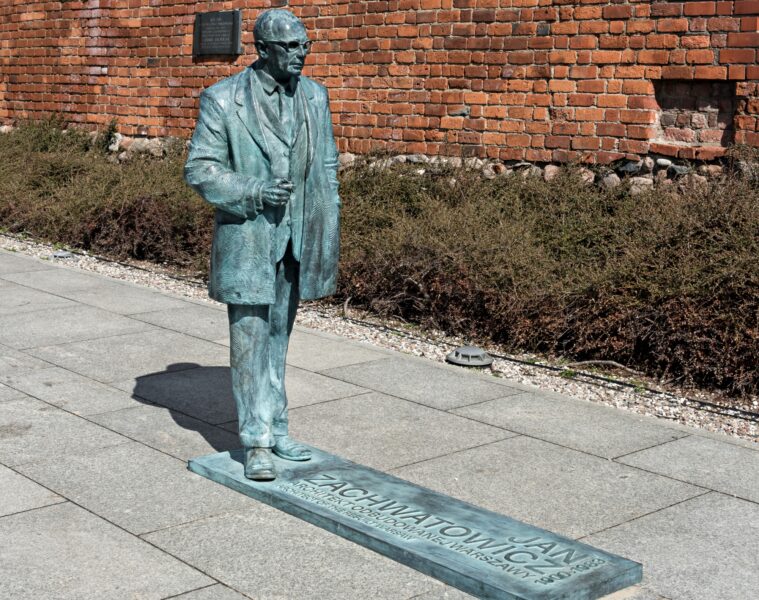Such buildings can only be found in Poland. Świdermajers is a colloquial name for houses that were built as early as the end of the 19th century in areas along the Świder River. They were most often intended as summer houses used by Varsovians. This type of house has many fans, which is why new versions are being built. A contemporary example of a Świdermajer is a house built near Warsaw.
The Świdermajers of the 21st century differ from their predecessors in the use of modern building materials. As a result, such houses successfully serve all year round, from hot summers to cold winters. What they have in common is the spirit of the past, and this can most easily be seen in the decorative façade. The building described was designed by architect Marek Przepiórka.
Decades ago, craftsmen working with wooden houses often consulted the manual “Patterns of woodcarving detail” by Bernhard Liebold from 1880. This guide collected detailed drawings with example decorations. It is these decorations that can be seen on the façade, gables, pediments, balustrades and shutters. Rich decoration also adorns the verandas of the Świdermajers.
The aesthetics of the time were echoed by Marek Przepiórka when he designed the new house, which was built for a family with children. The architect has been designing houses referring to the Świdermajer style since 2006. Here, too, he created an openwork veranda, designed large glazing, and carving patterns decorated the roof top and balustrades. The building is immersed in greenery, tall pine trees already grow a few metres from the walls of the house. The façade of the building has vertical lines which is a reference to the towering trees.
The interiors of the ground floor are three metres high and some of the rooms on the first floor are open to the roof trusses and reach over four metres. In total, the building has 300 square metres of space. This is quite a large space that had to be well lit. The architect admits that the challenge was the strong tree canopy; pine trees generate a lot of shade. In order to let in as much natural light as possible, large glazings were used here. The single-space ground floor is open to all sides of the world, allowing sunshine in at all times of the day.
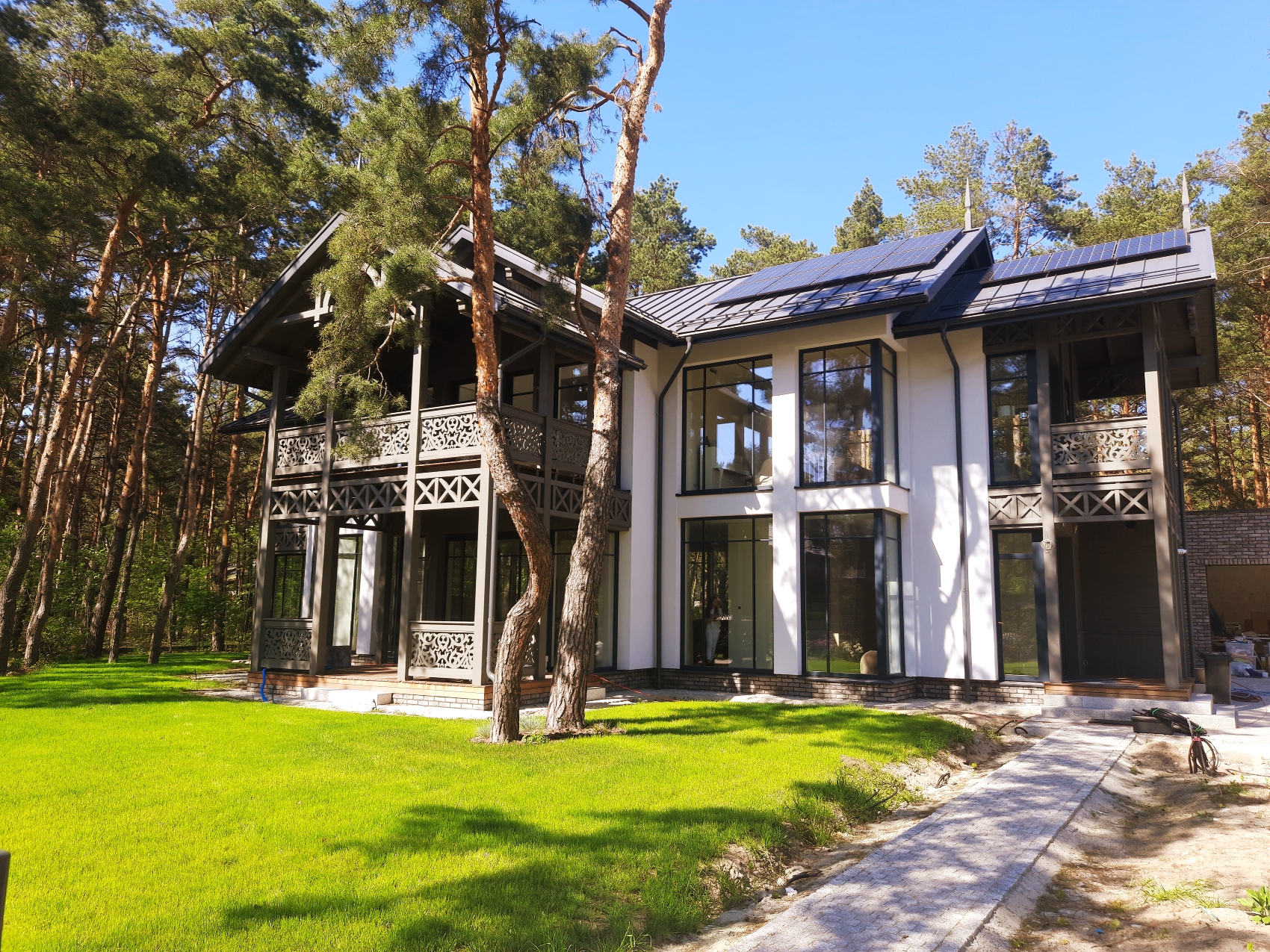
The design of the house makes use of Internorm’s HF 310 passive timber-aluminium windows, which are characterised by a high degree of thermal and acoustic insulation. The same manufacturer’s HS 330 timber-aluminium sliding door leads onto the terrace. This modern solution is characterised by a flat threshold – ideal for aesthetics. This is topped off with the HT 400 minimalist entrance door, which provides security and forms the backdrop to the veranda decoration.
This is how a modern and fully functional house was created, whose form directly refers to the architecture of the late 19th and early 20th century. The owners can enjoy the atmosphere of the past, without sacrificing the solutions we expect from modern, environmentally-friendly construction.
building design: Marek Przepiórka Architectural Studio(www.pracowniaarchitektoniczna.net)
source: Internorm(www.internorm.com/pl-pl/)
Read also: Single-family house | Curiosities | History | Elevation | whiteMAD on Instagram
Sponsored article.

